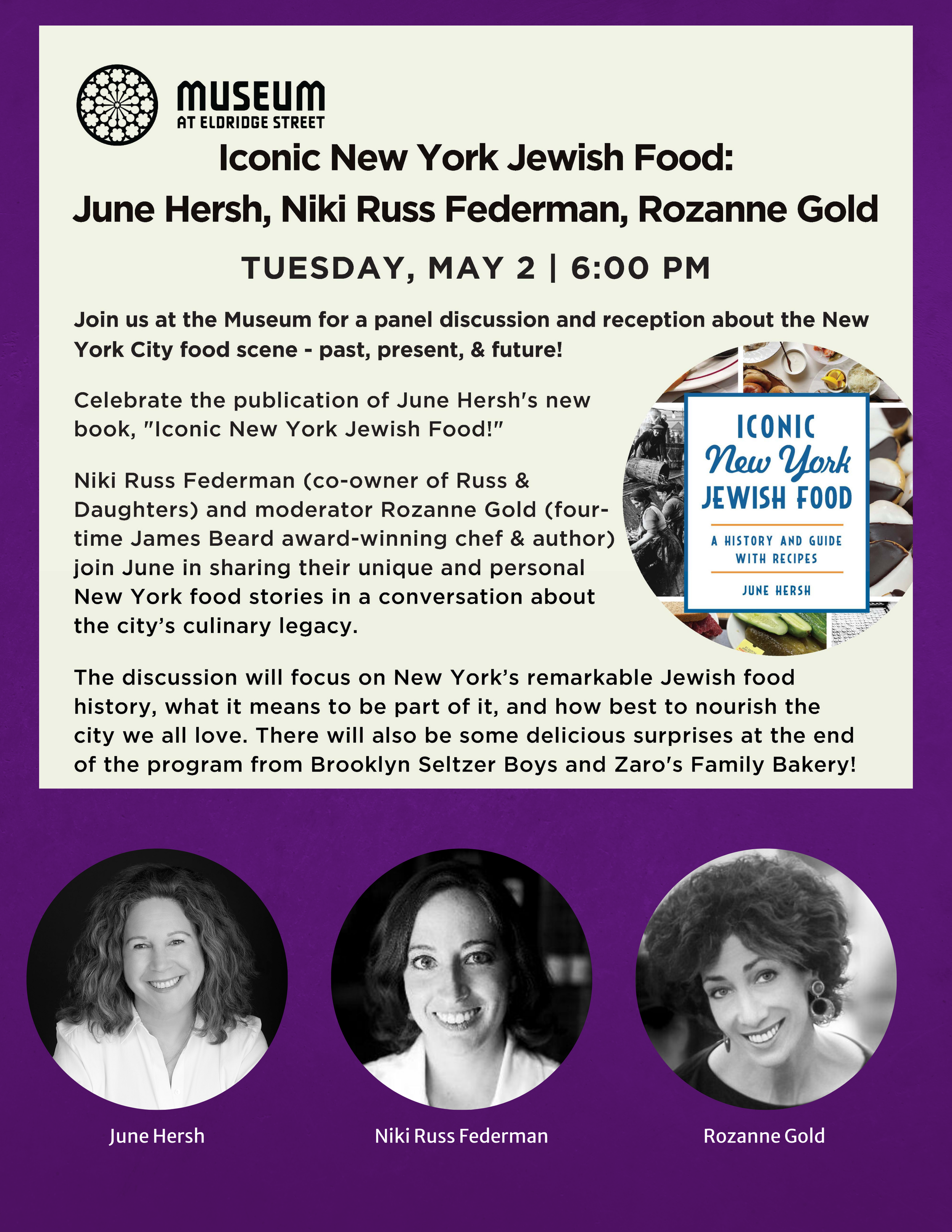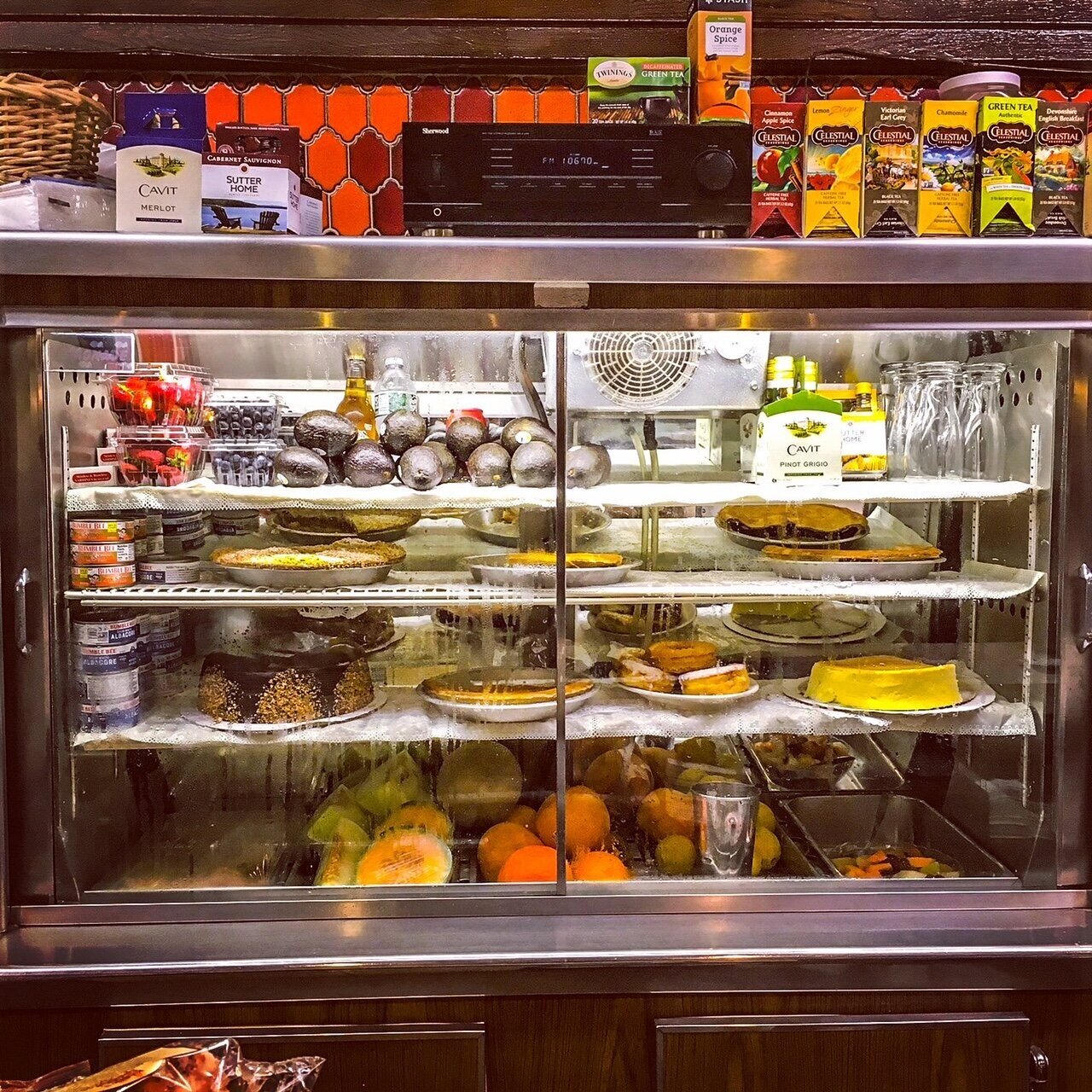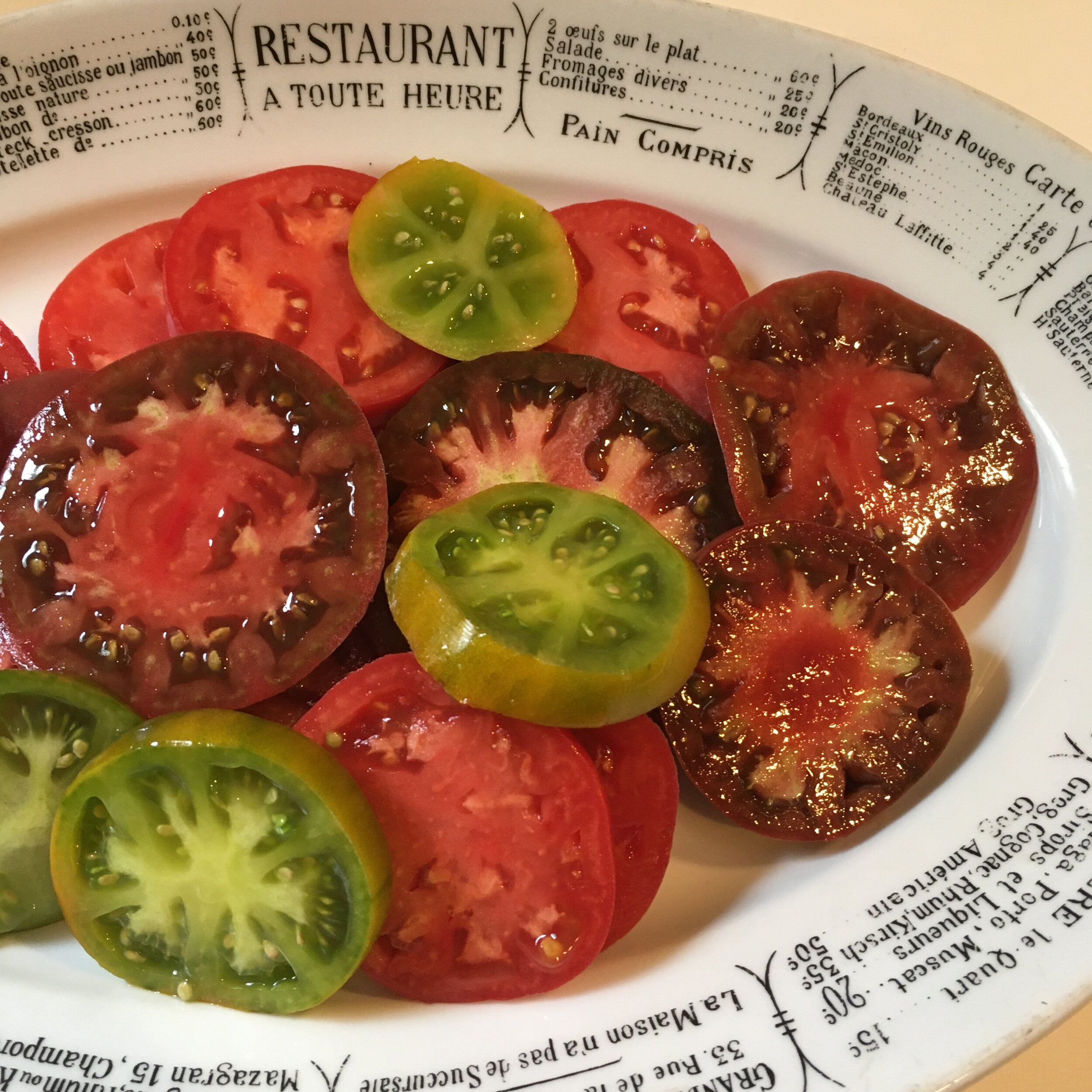MOTHER SAUCE by Rozanne Gold
Four-time James Beard award-winning chef turns from food to poetry
“This book was created by a singular poet - death doula, legendary chef, geographer of women’s souls - who writes with a memorable voice. Deft, wise, and delicate, the poems of Mother Sauce are powerful recipes for wisdom and compassion.”
—Annie Finch, author of Spells and A Poet’s Craft
Brooklyn, New York (Dec. 27, 2022) After more than four decades in the food world, award-winning chef, celebrated author, food writer, and international restaurant consultant Rozanne Gold turns her formidable creativity to poetry with her first poetry collection Mother Sauce published by Dancing Girl Press.
Mother Sauce refers to the five classic sauces created by chef Auguste Escoffier, and the subsequent “daughter sauces” that form the basis of all French cuisine. This metaphor weaves itself through Gold’s “spare and deceptively simple” poems which, like her minimalist style of cooking, resound with unexpected complexity that “tease the senses and excavate bliss.”
This poetic memoir, a bildungsroman, takes the writer from an unhappy childhood in Fresh Meadows, Queens, finding nourishment through men, to becoming a chef and food writer in order to nourish herself, and an end-of-life doula to deal with her grief after her mother’s death.
It’s about the heartache of "motherlessness" -- caught between not being one and not having one; a story of endometriosis; a powerful connection to Nefertiti, and what it means to become a poet in her 60s. It’s about trading the language of food for the language of words and images; it’s about the search for spiritual nourishment and what it means to become a mother at age 53; and what it means to care for dying people. It’s about a psychological dimension that gives rise to a city of women, of women carrying women home, and ultimately about God as a woman… the ultimate source of nourishment.
Buoyed by her singular career, both glamorous and gritty, Gold delves deep into her own experiences of feeling unworthy, unseen, and taken for granted; taken from, not celebrated, known and yet not known. It is a quiet reclamation of the divine and the feminine in her later years. And while Gold’s story is uniquely her own, women, men, humanity at large can relate in their own way to the book’s many steps, both in its path and pathos.
“Mother Sauce is nourishment for the heart and soul. Exploring loss and joy in motherhood and motherlessness, these poems entice the reader into a feast of contemplation and experience. We are served a savory and well-balanced meal ranging from “how to grieve” to “how to peel a carrot.” From the Imaginative leap of the first poem – God as cook creating Mother Sauces – the culinary serves spiritual Inquiry, seasoned with everything from razzmatazz to gravitas.” --Krista Leahy, Nothing but Light
“With a chef’s touch Rozanne Gold’s debut chapbook exquisitely gathers memory, loss, and boundless love into a redolent bouquet garni. With a keen eye for lush detail and epic sweep through the sensorial necessity of food, Gold offers process, where a recipe holds the future, where we grow memories older than water. Step into this kitchen. There is nourishment here.” –Robert Balun, Acid Western and Traces
ABOUT THE AUTHOR
Rozanne Gold is an award-winning chef, food writer, journalist, and end-of-life doula. At age 23 she was first chef for New York Mayor Ed Koch and later the consulting chef for the Rainbow Room and Windows on the World. Considered “one of the most important innovators in the modern food world,” by Bob Spitz, (Julia Child’s biographer), she is the author of 13 acclaimed cookbooks, and winner of four James Beard Awards. Rozanne has written for the New York Times, Wall Street Journal, Gourmet and Bon Appetit, where she was entertaining columnist for five years. When Gourmet closed its doors, Gold bought their expansive library and donated it to New York University. After Hurricane Sandy, she ran a pop-up kitchen in Park Slope for 1-1/2 years, preparing 185,000 meals for those in need. A finalist of the 2020 Sappho Poetry Prize, she is a board member of Brooklyn Poets and co-founder of the Death & Living Project.
DETAILS
Title: Mother Sauce
Author: Rozanne Gold
Publisher: Dancing Girl Press
ISBN #: 979-8-218-06304-7
Price: $8.00
No. of pages/51
AVAILABLE ON AMAZON


































